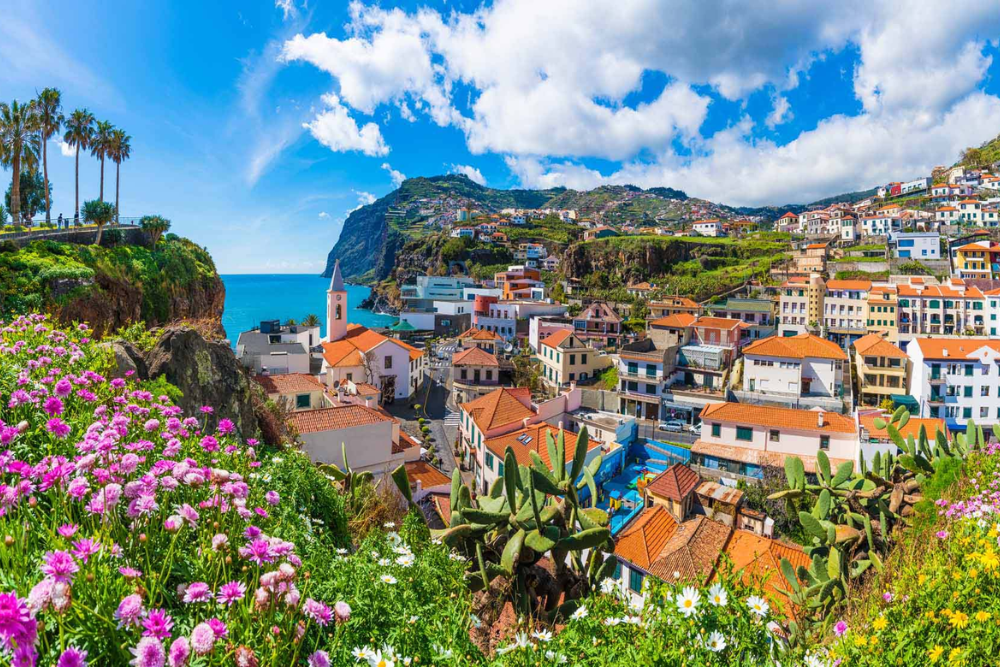Introduction
Madeira, a shocking Portuguese archipelago in the Atlantic Sea, is known for its stunning scenes, gentle environment, and rich social legacy. The island offers different encounters, from investigating the lively capital, Funchal, with its greenhouses and streetcar rides, to climbing along picturesque paths like Pico do Arieiro or Levada strolls through rich valleys. Nature darlings can wonder about the emotional bluffs of Cabo Girão or the tough excellence of Ponta de São Lourenço.
Funchal: The Capital City

- Funchal, Madeira’s energetic capital, is a center point of culture, history, and grand excellence. Begin your visit at the Old Town (Zona Velha), a labyrinth of cobblestone roads fixed with bright paintings, cafés, and exhibitions. Try not to miss the Funchal Ranchers’ Market (Mercado dos Lavradores), where you can test extraordinary products of the soil delights.
Pico do Arieiro

- For nature fans, a visit to Pico do Arieiro, Madeira’s third-most noteworthy pinnacle, is an unquestionable necessity. Available via vehicle, this pinnacle offers amazing all encompassing perspectives on the island, particularly at the crack of dawn. Gutsy explorers can climb the path from Pico do Arieiro to Pico Ruivo, Madeira’s most noteworthy top, through a way of passages, rough precipices, and dim valleys.
Porto Moniz

- Situated on Madeira’s northwest coast, Porto Moniz is well known for its normal magma pools. These perfectly clear pools, shaped by volcanic movement, offer a one of a kind swimming encounter encompassed by sensational sea sees. The close by Aquarium of Madeira and the beautiful drive along the seaside streets make Porto Moniz an ideal location for a roadtrip.
Santana
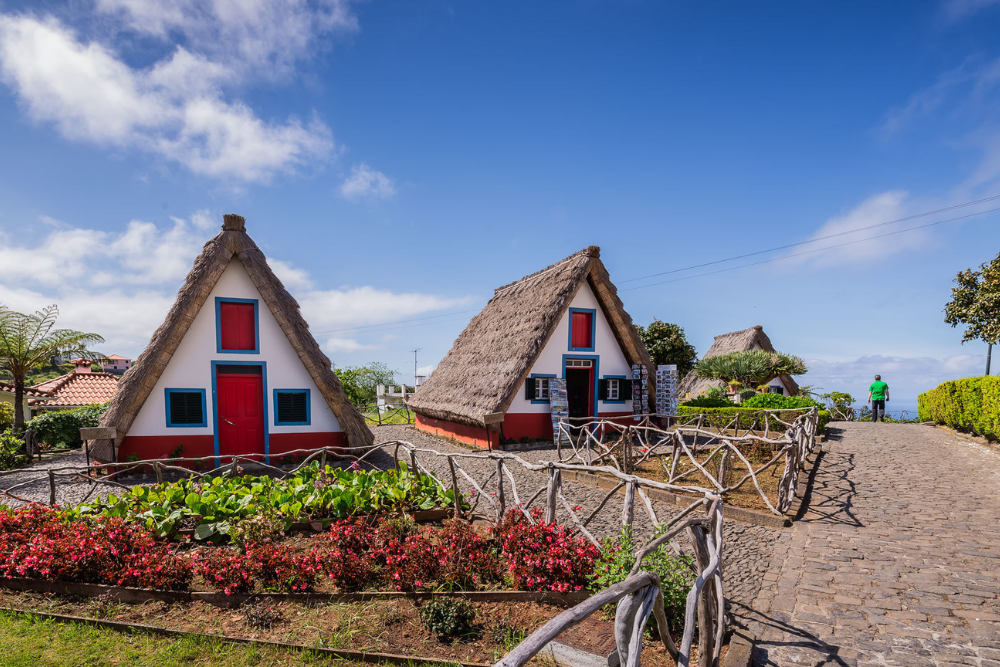
- Known for its customary A-outline houses with covered rooftops, Santana is a beautiful town that gives a brief look into Madeira’s past. Visit the Madeira Amusement Park to find out about the island’s set of experiences and culture or investigate close by climbing trails like the Levada do Caldeirão Verde, which prompts a shocking cascade.
Cabo Girão
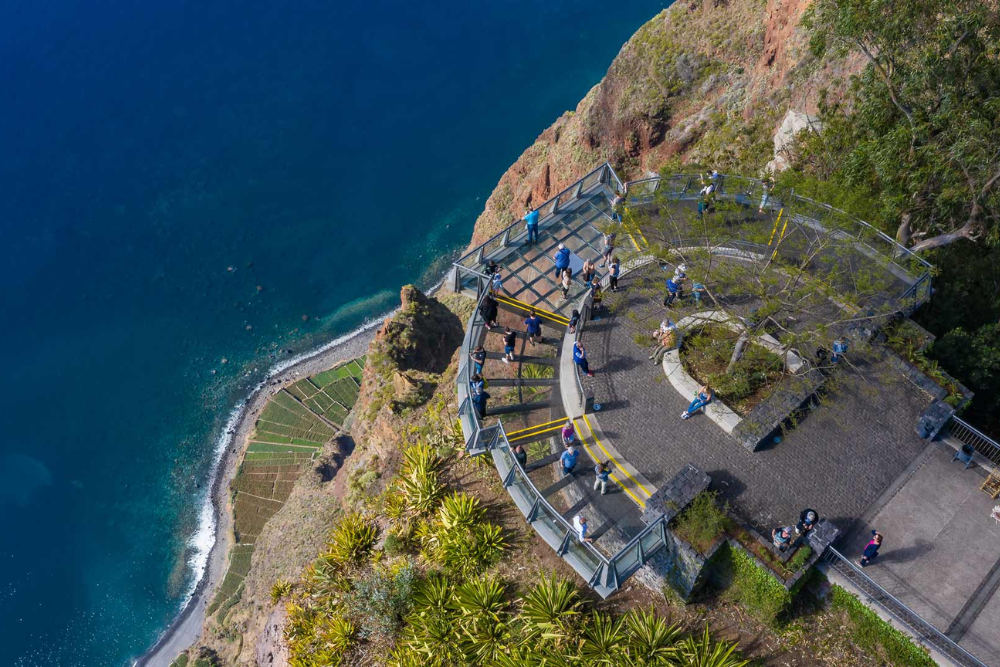
- Cabo Girão is one of Europe’s most elevated ocean precipices, transcending the Atlantic Sea. The precipice includes a glass-lined skywalk that offers heart-beating perspectives on the sea and terraced farmlands underneath. It’s a must-visit for photographic artists and daredevils.
Ponta de São Lourenço

- The easternmost place of Madeira, Ponta de São Lourenço, is a nature save with emotional bluffs, rough scenes, and remarkable verdure. The Vereda da Ponta de São Lourenço climbing trail is one of the most well known on the island, offering stupendous perspectives on the Atlantic and the chance to recognize seabirds and dolphins.
Curral das Freiras (Nun’s Valley)
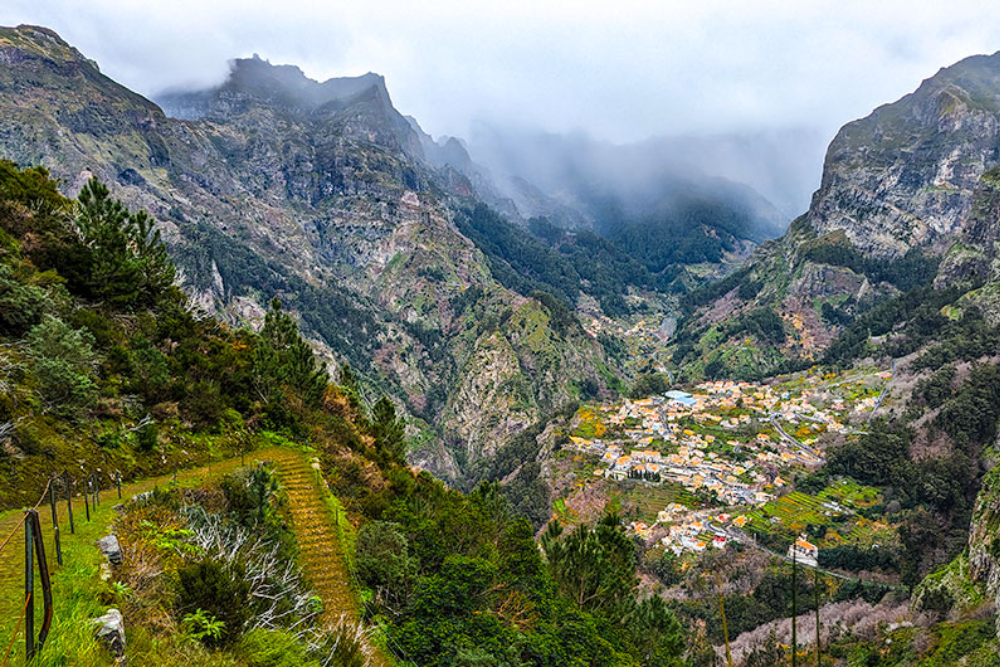
- Settled in a volcanic hole, Curral das Freiras is a disconnected town encircled by transcending mountains. It’s an incredible spot for climbing, inspecting nearby chestnut dishes, and getting a charge out of all encompassing perspectives from the Eira do Serrado perspective.
Ribeira Brava and Paul da Serra
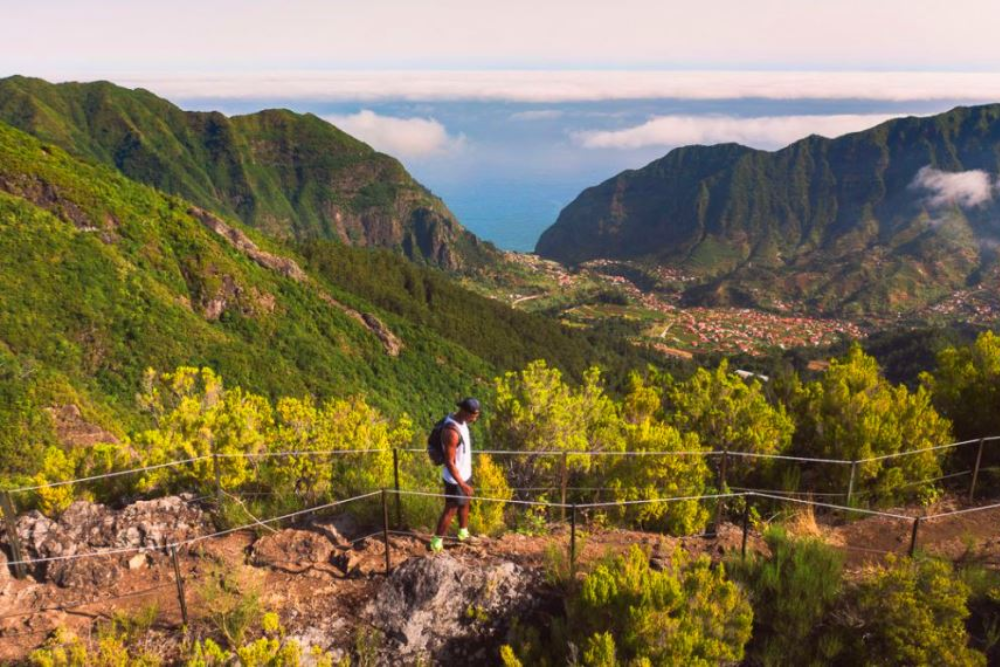
- Ribeira Brava, a beguiling seaside town, fills in as the doorway to Paul da Serra, Madeira’s high level. The level offers a conspicuous difference to the lavish green scenes of the island and is great for journeying and birdwatching.
Dos and Don’ts in Madeira
Dos
- Do Explore the Levada Walks: Exploit Madeira’s famous climbing trails, for example, Levada do Caldeirão Verde or 25 Fontes. Wear strong shoes and remain hydrated.
- Do Try Local Cuisine: Test conventional dishes like Espetada (barbecued meat sticks), Bolo do Caco (garlic flatbread), and Lapas (barbecued limpets). Remember Madeira wine!
- Do Visit Botanical Gardens: Madeira is famous for its lush gardens, such as Monte Palace Tropical Garden and Jardim Botânico. These offer stunning views and exotic plants.
Don’ts
- Don’t Underestimate the Terrain: Madeira’s uneven scenes can be testing, so consistently plan climbs and drives cautiously and stay away from unsafe ways.
- Don’t Swim in Unsupervised Areas: A few waterfront regions have solid flows. Stick to suggested swimming spots like Porto Moniz’s normal pools.
- Don’t Ignore the Weather Forecast: Madeira’s weather conditions can change quickly, particularly in the mountains. Continuously look at estimates before open air exercises.
Best time to reach in Madeira
Madeira, often called the “Island of Eternal Spring,” is a year-round destination thanks to its mild subtropical climate. However, the best time to visit depends on the activities you want to enjoy. Here’s a breakdown by season:
Spring (March to May) – Ideal for Nature Lovers
- Spring is one of the most amazing times to visit Madeira as the island is in full blossom, with energetic blossoms and rich plant life.
- Go to the renowned Madeira Blossom Celebration in April, climb through the shocking Levada trails, and investigate professional flowerb
Summer (June to August) – Great for Beaches and Festivals
- Summer is warm yet not excessively blistering, making it incredible for sunbathing, water sports, and beach front investigation.
- Loosen up on sea shores, swim in regular pools like those in Porto Moniz, and partake in the vivacious Atlantic Celebration in June.
Autumn (September to November) – Best for Hiking and Wine Lovers
- The weather conditions stays warm, and the groups are more slender after the mid year rush. Pre-winter is additionally grape reap season.
- Partake in the Madeira Wine Celebration in September, climb the Ponta de São Lourenço trail, and appreciate dolphin and whale observing
Winter (December to February) – Perfect for Escaping the Cold
- Winter in Madeira is gentle, offering a wonderful departure from colder environments. The island is particularly bubbly during the Christmas and New Year festivities.
- Go to the Madeira New Year’s Eve firecrackers, one of the world’s most marvelous shows, and partake in a quiet occasion retreat.



